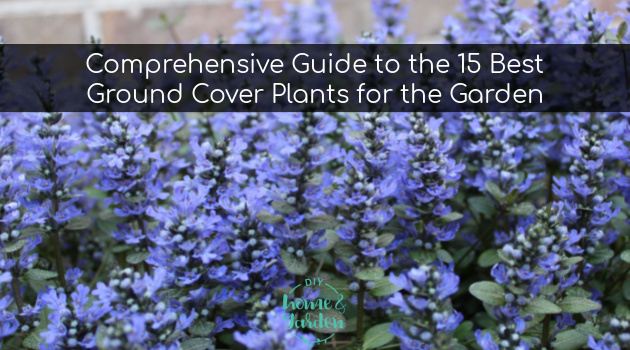Trying to plan landscaping or a sloped garden presents a unique challenge.
If your property is situated on uneven land, it can be tricky to come up with a garden design that meets your needs. Many property owners assume that nothing can be done to rectify uneven land. Or they might believe that it’s impossible to turn it into an attractive feature. Fortunately, we can prove them wrong. With a variety of options available, you can transform your property with a stunning exterior design.
4 Tips for Planning a Sloped Garden
For inspiration, take a look at these innovative sloped garden solutions now:
1 – Add a Retaining Wall
You can build a retaining wall to support soil and prevent it from overflowing into other areas of your property. Excavation removes soil and earth from the areas you want to level before a retaining wall is built to separate the two areas. This allows you to level some of the land but keep an added feature in your garden. With a variety of materials to consider, retaining walls can enhance the aesthetic of your garden and create a versatile outdoor space.
2 – Install Sunken Seating
If some areas of your garden are lower than others, why not turn the area into a feature and use it to facilitate sunken seating?
Many property owners spend time and money excavating land to achieve this look. So make the most of a sloping garden by using the features that are already there! Miniature retaining walls can be used to create a boundary and wooden benches or stone benches can be enhanced with outdoor cushions to create a comfortable seating area.
3 – Sloped Flowerbeds
If you want to turn sloping land into a decorative feature, creating a flowerbed is one of the easiest options. You’ll need to ensure that the land offers good growth prospects or add nutrient-rich soil to ensure plants will thrive. Grass or artificial lawn can be used to create a natural-looking boundary. And you can plant flowers, shrubs, or even miniature trees to deliver spectacular visual impact and colorful blooms.
A soft approach allows nature to come to the fore and gives your garden a relaxed feel, while strong boundaries and precision planting can be used to create a neat and fashionable design.
4 – Install Statement Steps
Adding steps to a sloping garden makes it easier to navigate but it can also enhance the design. Statement steps are a feature in themselves, Indeed, you can use them to reflect the character of your property. Reclaimed brick is an excellent choice to create a traditional, cottage vibe, for example, while a sleek stone is perfect for contemporary properties.
You can also add steps to create a focal point on sloping land on their own. But you can also use them to create a flow along with other features. Separating a retaining wall with statement steps, for example, adds depth to your garden and makes it supremely versatile.
 The Bottom Line: Make the Most of Your Sloped Garden Space
The Bottom Line: Make the Most of Your Sloped Garden Space
Redesigning your garden gives you the opportunity to transform your outdoor space and get the best use out of it. Whether you’re an avid gardener or you simply want to relax and enjoy the sunshine, transforming a sloping garden into a stunning outdoor space will enhance your property in endless ways.
- Strawberry Lemonade Recipe (no added sugar) - 03/20/2025
- Barndominiums: Weighing the pros and cons - 12/30/2024
- Ginger Orange Marmalade Recipe: Sweet, Tangy, and Just a Little Spicy - 11/09/2024



